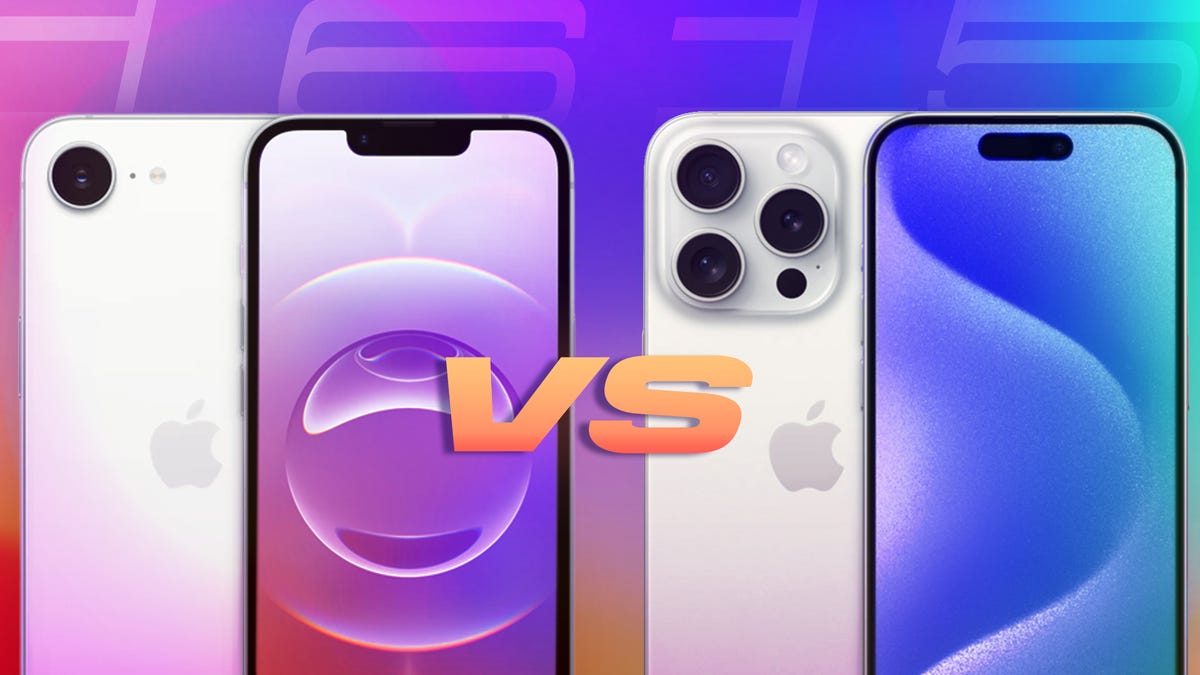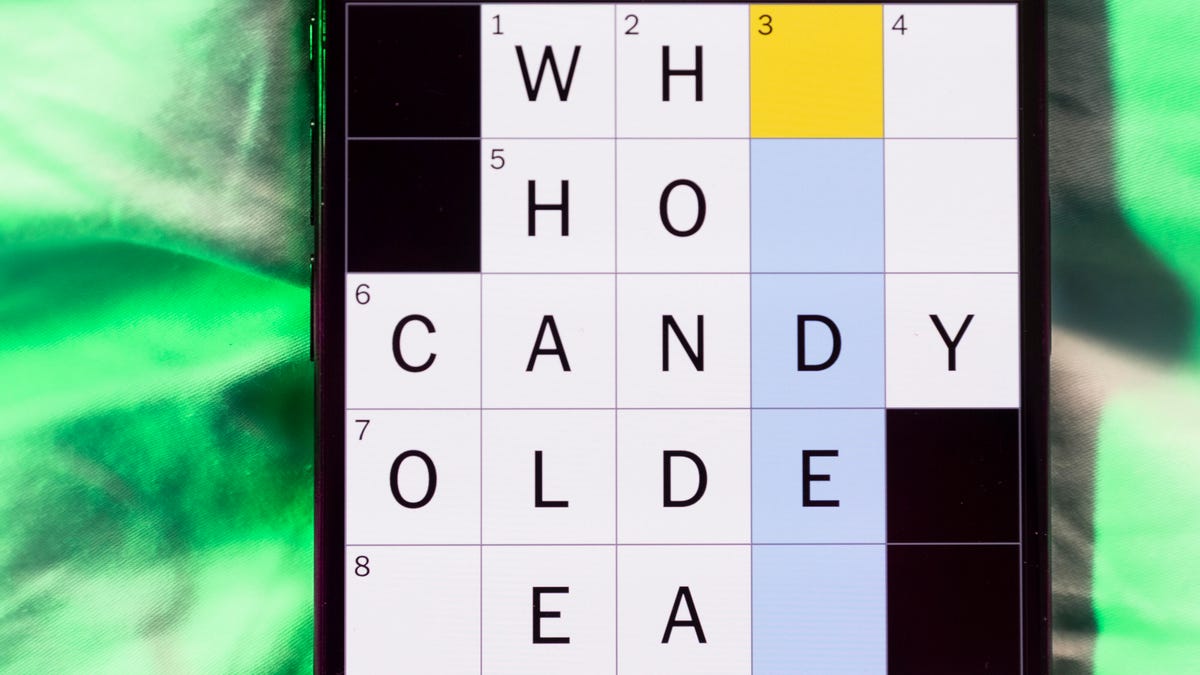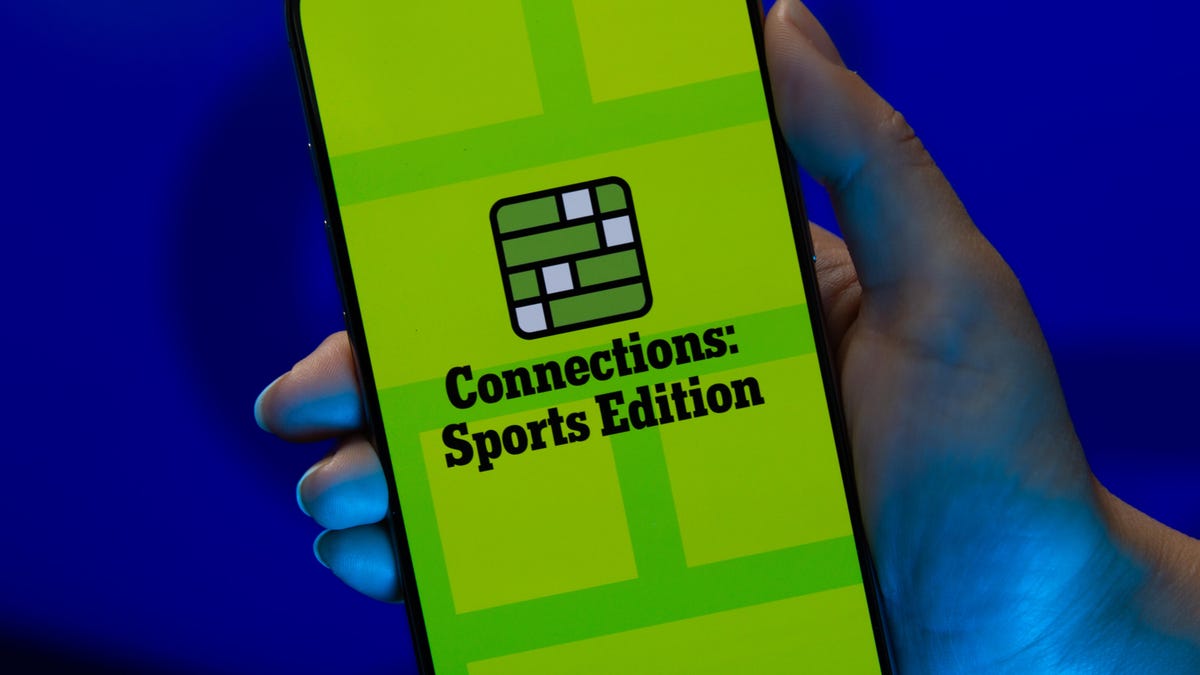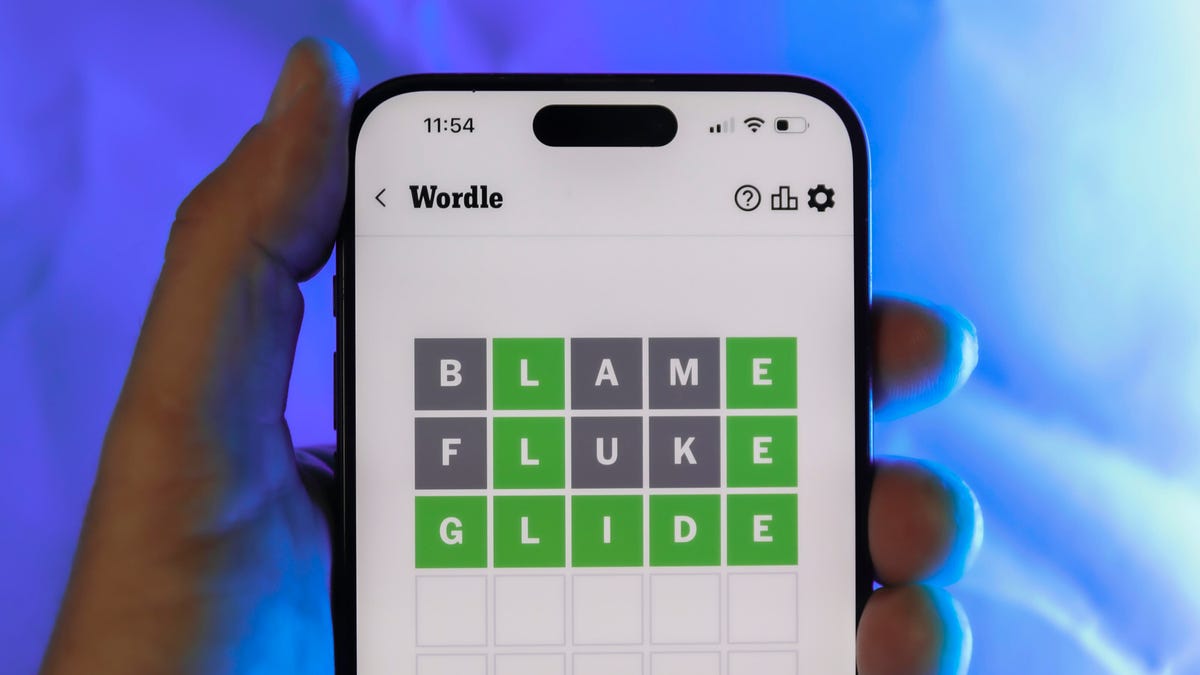Technologies
Apple iPhone 16E Specs vs. iPhone 15 Pro: New Entry-Level or Last Year’s Pro
Both iPhone models offer a lot of features while saving money over more-expensive options.

One of the biggest selling points of Apple’s $599 iPhone 16E is that it offers excellent bang for the buck. It is Apple’s most affordable iPhone, but it still has many of the same features as the $799 iPhone 16, such as the latest A18 chip and Apple Intelligence, which introduces generative emoji, smarter notifications and, eventually, an improved Siri.
Yet, it might be worth looking at the company’s older iPhones, such as the iPhone 15 Pro. It might not be as cheap as the iPhone 16E, but it has much better features, such as a nicer camera and better charging capabilities. Those extra features might be worth the higher price. Plus, you can potentially get it at a lower price than the iPhone 16 if you buy it refurbished.
How do these phones compare? We’ve outlined a few features for you to find out which one is the best iPhone for you.
Display
The iPhone 16E and the iPhone 15 Pro feature the same 6.1-inch size screen at a similar display resolution, but there are still a few differences. The iPhone 16E runs at a 60Hz refresh rate — similar to all of the non-Pro iPhone models — and it can reach a 1,200-nit peak brightness. It also has a similar display notch to the iPhone 14, and does not support the Dynamic Island that serves up contextual information on other iPhone 15 and 16 models. It’s functional and should work fine whether you are using the phone indoors or outdoors, but the Pro’s screen has several additional perks.
The iPhone 15 Pro’s display can run at a variable refresh rate between 10Hz and 120Hz, changing based on what activity you are doing. You can expect to see the smoother 120Hz refresh rate when scrolling through websites, playing games and other applications that benefit from smoother animations. According to Apple, it will hit the lower end of that range to conserve battery life when you aren’t using the phone. The display also hits a higher 2,000 nits of peak brightness (outdoors) and includes the Dynamic Island that shows information like the music player or countdowns around the space of the front-facing camera’s display cutout.
Processor
The iPhone 15 Pro has the A17 Pro chip, which is a six-core CPU with two performance and four efficiency cores that makes it great for graphics and gaming. The iPhone 16E, on the other hand, ships with the latest A18 chip, which gives it a touch more power and speed. In practice, the A17 Pro is still a very capable chip that will serve you well for years to come. The A18 chip, however, will likely receive software and new feature updates for a slightly longer period of time. Both processors are capable of running Apple Intelligence and more advanced iPhone games like Resident Evil 4 Remake and Death Stranding.
Apple Intelligence
One of the iPhone 16E’s biggest highlights is that it supports Apple Intelligence, which was previously only available in Apple’s high-end offerings like the iPhone 15 Pro and the iPhone 16. Apple Intelligence offers plenty of benefits such as smart writing tools, a Clean Up tool that removes unwanted elements from photos and a potentially smarter Siri on a future update. The iPhone 15 Pro, as mentioned, has had this from the start, so the two are fairly equal in this department.
Camera
The biggest visual difference between the iPhone 16E and the iPhone 15 Pro is that the latter has three cameras instead of one. The iPhone 15 Pro has a 48-megapixel wide lens, a 12-megapixel ultrawide lens and a 12-megapixel telephoto lens with 3x optical zoom. It also has a large 48-megapixel sensor that helps immensely in low light. The iPhone 16E, on the other hand, only has a single 48-megapixel rear camera. It has to rely on sensor-cropping for improved zoomed-in shots. Both have 12-megapixel front-facing cameras.
Charging
Another downside to the iPhone 16E is that it lacks support for MagSafe wireless charging, and is only compatible with Qi charging capped at 7.5W. The iPhone 15 Pro, on the other hand, supports 15W MagSafe charging. Not only can it wireless charge at twice the speed, it also supports a whole range of magnetic accessories that the iPhone 16E won’t be able to use unless it has a third-party MagSafe-compatible case.
Both phones use USB-C for wired charging, with Apple citing that both can recharge their battery to 50% in 30 minutes when connected to a 20W adapter. In CNET’s review testing for the iPhone 16E and iPhone 15 Pro, both phones tested slightly better than this. The iPhone 16E recharged from 0% to 59% in 30 minutes, and the 15 Pro recharged from 0% to 62% after being updated to iOS 17.0.3.
Pricing (and a note on buying refurbished)
Obviously, the iPhone 16E offers the lower price as it retails for just $599. Apple, however, is now officially selling a refurbished version of the 15 Pro for just $759, which is cheaper than the $799 iPhone 16. Sure, that’s more expensive than the 16E, but the Pro’s extra features might be worth a higher price for you. Additionally, while buying phones in a secondary market has its issues (the phone might not always be in great shape), Apple’s official refurbished program has an excellent reputation that is akin to buying the product new.
Check out the following chart to see how the iPhone 16E and the iPhone 15 Pro stack up in other aspects.
Apple iPhone 16E vs. Apple iPhone 15 Pro
| Apple iPhone 16E | Apple iPhone 15 Pro | |
|---|---|---|
| Display size, resolution | 6.1-inch OLED display; 2,532×1,170 pixels; 60Hz refresh rate | 6.1-inch OLED; 2,556×1,179 pixels; 120Hz adaptive |
| Pixel density | 460 ppi | 460 ppi |
| Dimensions (inches) | 5.78 x 2.82 x 0.31 in. | 5.77 x 2.78 x 0.32 in |
| Dimensions (millimeters) | 146.7 x 71.5 x 7.8 mm | 146.6 x 70.6 x 8.25 mm |
| Weight (ounces, grams) | 167g (5.88 oz.) | 187g (6.6 oz) |
| Mobile software | iOS 18 | iOS 17 |
| Camera | 48-megapixel (wide) | 48-megapixel (wide), 12-megapixel (ultrawide), 12-megapixel (3x telephoto) |
| Front-facing camera | 12-megapixel | 12-megapixel |
| Video capture | 4K | 4K |
| Processor | Apple A18 | A17 Pro |
| RAM/Storage | RAM unknown + 128GB, 256GB, 512GB | 128GB, 256GB, 512GB, 1TB |
| Expandable storage | None | None |
| Battery/Charger | Up to 26 hours video playback, 21 hours streamed video playback, 90 hours of audio playback. 20W wired charging, 7.5W Qi wireless charging | Undisclosed; Apple claims up to 23 hours of video playback (20 hours streamed) |
| Fingerprint sensor | None, Face ID | None (Face ID) |
| Connector | USB-C | USB-C (USB 3.0) |
| Headphone jack | None | None |
| Special features | Action button, Apple C1 5G modem, Apple Intelligence, Ceramic Shield, Emergency SOS, satellite connectivity, IP68 resistance | 5G (mmw/Sub6), Action Button, Always-On display, IP68 rating, MagSafe, Dynamic Island, 5x optical zoom (120mm equivalent),satellite connectivity, eSIM, Thread networking technology |
| Price off-contract (USD) | $599 (128GB) | $999 (128GB, $1,099 (256GB), $1,299 (512GB), $1,499 (1TB) |
| Price (GBP) | £599 (128GB) | £999 (128GB), £1,099 (256GB), £1,299 (512GB), £1,499 (1TB) |
| Price (AUD) | AU$999 (128GB) | AU$1,849 (128GB), AU$2,049 (256GB), AU$2,399 (512GB), AU$2,749 (1TB) |
Technologies
Today’s NYT Mini Crossword Answers for Monday, Dec. 1
Here are the answers for The New York Times Mini Crossword for Dec. 1.

Looking for the most recent Mini Crossword answer? Click here for today’s Mini Crossword hints, as well as our daily answers and hints for The New York Times Wordle, Strands, Connections and Connections: Sports Edition puzzles.
Need some help with today’s Mini Crossword? Read on for the answers. And if you could use some hints and guidance for daily solving, check out our Mini Crossword tips.
If you’re looking for today’s Wordle, Connections, Connections: Sports Edition and Strands answers, you can visit CNET’s NYT puzzle hints page.
Read more: Tips and Tricks for Solving The New York Times Mini Crossword
Let’s get to those Mini Crossword clues and answers.
Mini across clues and answers
1A clue: Tree that’s a symbol of Canada
Answer: MAPLE
6A clue: Back street
Answer: ALLEY
7A clue: Kind of steak with a letter in its name
Answer: TBONE
8A clue: Beer pong targets
Answer: CUPS
9A clue: «___ Pinafore» (Gilbert and Sullivan opera)
Answer: HMS
Mini down clues and answers
1D clue: Show mutual interest, as on a dating app
Answer: MATCH
2D clue: «Bad» or «Good Kid, M.A.A.D City»
Answer: ALBUM
3D clue: Sits (down) heavily
Answer: PLOPS
4D clue: Contact ___
Answer: LENS
5D clue: Look here!
Answer: EYE
Don’t miss any of our unbiased tech content and lab-based reviews. Add CNET as a preferred Google source.
Technologies
Today’s NYT Connections: Sports Edition Hints and Answers for Dec. 1, #434
Here are hints and the answers for the NYT Connections: Sports Edition puzzle for Dec. 1, No. 434.

Looking for the most recent regular Connections answers? Click here for today’s Connections hints, as well as our daily answers and hints for The New York Times Mini Crossword, Wordle and Strands puzzles.
Today’s Connections: Sports Edition features one of those classic — and difficult — purple categories. You’ll need to look for words inside of words to get that grouping. (Or just solve the other three, and get purple by default.) If you’re struggling with today’s puzzle but still want to solve it, read on for hints and the answers.
Connections: Sports Edition is published by The Athletic, the subscription-based sports journalism site owned by The Times. It doesn’t appear in the NYT Games app, but it does in The Athletic’s own app. Or you can play it for free online.
Read more: NYT Connections: Sports Edition Puzzle Comes Out of Beta
Hints for today’s Connections: Sports Edition groups
Here are four hints for the groupings in today’s Connections: Sports Edition puzzle, ranked from the easiest yellow group to the tough (and sometimes bizarre) purple group.
Yellow group hint: Maybe on the beach.
Green group hint: Deal me in.
Blue group hint: Not necessarily Jim.
Purple group hint: Look at the final part of the words.
Answers for today’s Connections: Sports Edition groups
Yellow group: Volleyball terms.
Green group: Poker terms.
Blue group: Jameses.
Purple group: Ends in an NWSL team.
Read more: Wordle Cheat Sheet: Here Are the Most Popular Letters Used in English Words
What are today’s Connections: Sports Edition answers?
The yellow words in today’s Connections
The theme is volleyball terms. The four answers are dig, serve, set and spike.
The green words in today’s Connections
The theme is poker terms. The four answers are blind, flop, river and turn.
The blue words in today’s Connections
The theme is Jameses.The four answers are Cook, Harden, Shields and Worthy.
The purple words in today’s Connections
The theme is ends in an NWSL team.The four answers are balderdash (Houston Dash), concurrent (Kansas City Current), foreign (Seattle Reign) and microwave (San Diego Wave).
Don’t miss any of our unbiased tech content and lab-based reviews. Add CNET as a preferred Google source.
Technologies
Today’s Wordle Hints, Answer and Help for Dec. 1, #1626
Here are hints and the answer for today’s Wordle for Dec. 1, No. 1,626.

Looking for the most recent Wordle answer? Click here for today’s Wordle hints, as well as our daily answers and hints for The New York Times Mini Crossword, Connections, Connections: Sports Edition and Strands puzzles.
Today’s Wordle puzzle is a little tricky. Many people will confuse it with a similar word that’s spelled differently. If you need a new starter word, check out our list of which letters show up the most in English words. If you need hints and the answer, read on.
Today’s Wordle hints
Before we show you today’s Wordle answer, we’ll give you some hints. If you don’t want a spoiler, look away now.
Wordle hint No. 1: Repeats
Today’s Wordle answer has no repeated letters.
Wordle hint No. 2: Vowels
Today’s Wordle answer has two vowels.
Wordle hint No. 3: First letter
Today’s Wordle answer begins with L.
Wordle hint No. 4: Last letter
Today’s Wordle answer ends with H.
Wordle hint No. 5: Meaning
Today’s Wordle answer can refer to causing a liquid to drain away from something such as soil or ash.
TODAY’S WORDLE ANSWER
Today’s Wordle answer is LEACH.
Yesterday’s Wordle answer
Yesterday’s Wordle answer, Nov. 30, No. 1625 was MUGGY.
Recent Wordle answers
Nov. 26, No. 1621: HOVEL
Nov. 27, No. 1622: REMIT
Nov. 28, No. 1623: COLIC
Nov. 29, No, 1624: GRUFF
Don’t miss any of our unbiased tech content and lab-based reviews. Add CNET as a preferred Google source.
-

 Technologies3 года ago
Technologies3 года agoTech Companies Need to Be Held Accountable for Security, Experts Say
-

 Technologies3 года ago
Technologies3 года agoBest Handheld Game Console in 2023
-

 Technologies3 года ago
Technologies3 года agoTighten Up Your VR Game With the Best Head Straps for Quest 2
-

 Technologies4 года ago
Technologies4 года agoBlack Friday 2021: The best deals on TVs, headphones, kitchenware, and more
-

 Technologies4 года ago
Technologies4 года agoVerum, Wickr and Threema: next generation secured messengers
-

 Technologies4 года ago
Technologies4 года agoGoogle to require vaccinations as Silicon Valley rethinks return-to-office policies
-

 Technologies4 года ago
Technologies4 года agoOlivia Harlan Dekker for Verum Messenger
-

 Technologies4 года ago
Technologies4 года agoiPhone 13 event: How to watch Apple’s big announcement tomorrow
